Why hello there reader!
Have you been to Athens? Will you go to Athens? I hope the answer is yes because it is a wonderfully vibrant city and I totally recommend it.
For me, Athens is a city of contrast, in a way unlike any other city I’ve visited. It’s simultaneously ancient and modern, where the Parthenon looms over trendy cafes and Byzantine churches butt up against concrete flats. It’s grandiose yet gritty, one suburb flaunting neoclassical homes with purple-flowered gardens and the next boasting anarchist graffiti and the smell of piss. Athens is home to some of the most famous museums, high-class art galleries, opera and ballet theatres, yet it also harbors an underground scene of street performers, smokey music gigs and late night kebabs. I’m not yet sure whether I could live there- it is rather chaotic and full on- but this was my third time visiting the city and each time I’ve unearthed more reasons to love it.
We visited Athens twice on this trip, the first time briefly on our way from Rhodes to Kamena Vourla, and then again before flying out to Albania. If you’re considering visiting Athens, especially if you’re a budget backpacker like we are, read on for my best tips on accommodation, transport, food and activities to find out what’s overrated and underrated in this crazy fun city.
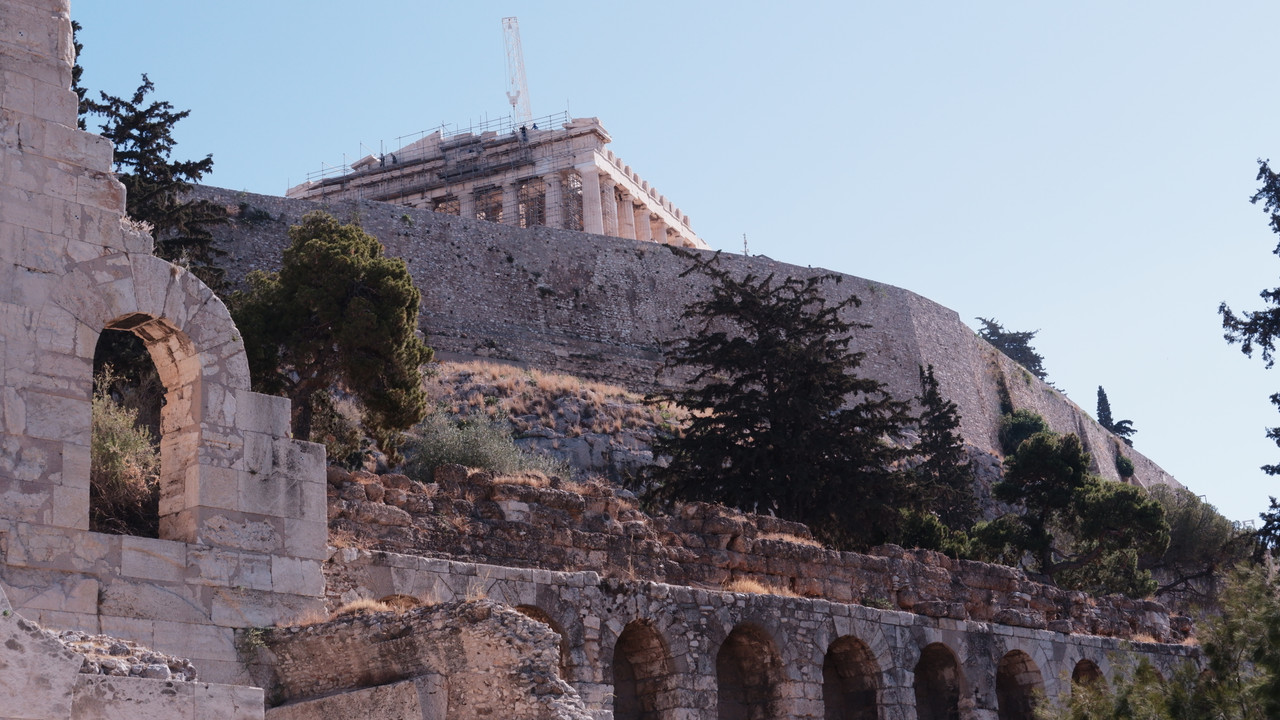
Where to stay
Unsurprisingly, Athens is pretty big. It’s built in that nonsensical style as a result of thousands of years of roads built on top of each other and around things that no longer exist. But thanks to that gigantic hill with that gigantic temple on top, it’s pretty easy to get your bearings.
Though we only had two days in Athens, the central neighborhoods of Plaka and Monastiraki (meaning little monastery) stood out to me as the prettiest and with the best vibes. They had winding marble streets, gorgeous pastel buildings, flowering trees, and crumbling historical sites just about down every street. These suburbs feel like the heart of Athens. They’re artsy, lively, vibrant. Plaka in particular is known for its street performers, flea markets and rooftop bars. However, the trade off is that these are probably the most touristy suburbs too, so you have to put up with a lot of noise, crowds and stupid people. As someone with a pet peeve of slow walkers, getting around Plaka and Monastiraki at midday was positively excruciating, like navigating a lazy river of selfie sticks.
People also speak very highly of the Koukaki and Thesio neighborhoods, though we didn’t get a chance to visit. They are still close to the centre of the city, but have more of a quieter, laid back vibe.

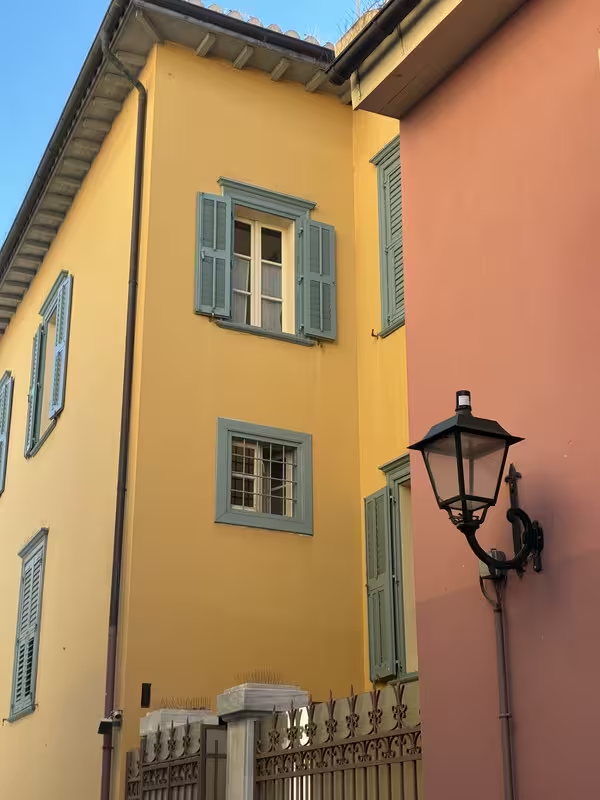
As a large capital city, there are so many hostels to choose from and it’s a bit of a mixed bag. The cheapest hostels on Hostel World looked lowkey terrible (bedbugs, no locking doors etc) so be prepared to spend a bit more than you might otherwise be planning. Another thing to note is that the best hostels seem to book out in advance, so I’d recommend booking in a week or two before you plan to get there for the best results. Two of the hostels we liked the look of but missed out on were the Iconic Athens Hostel (8.3 stars, $17 night) and the Pagration Youth Hostel (9.3 stars, $27 night). Quite a few people we met told us they’d stayed in Hawks Hostel which also sounded pretty good- It’s got great ratings and won a couple awards on hostel world. But don’t get it confused with Hawks Urban, which is further out from the city centre.
Since we only booked the day before we arrived in Athens, we ended up going with one called San Remo, which to be honest I can’t recommend. The bathrooms were so small you had to sit diagonally on the toilet to fit your knees in! Furthermore, the beds were creaky, the kitchen was poorly equipped and the vibes were not at all social. For $30 a night, it wasn’t good value. It was right next to the airport train though which was super convenient, and at least it didn’t have bed bugs!
How to get around
During our first experience with Athens, we arrived from the ferry, rested and fed, ready to find a rental car. We knew that the minimum age for most places was 23, and thanks to Finn, we had that covered. When we rented a car on Rhodes, It was an incredibly cheap and easy process. Athens had an even bigger rental car selection, so it couldn’t be that hard, surely.
Well, it was that hard. We visited four rental places near the port, bussed for an hour to “rental car street” and then went into a dozen more rental companies before we finally found one. Our problem? About a quarter of the rental companies didn’t have any available cars (to be expected, it was the day of) and a quarter were too expensive for our budget. The remaining half wanted a credit card (no problem, I’d got one in NZ for this exact reason) but it had to be in the name of the driver, aka Finn (fuck). With no one else being over 23 and no one else having a credit card, we were in the soup. Until, 16th time’s the charm, we found one. Shout out to Easy Rentals, they let us add me as second driver for free, even though I’m 22. Phew!
Though we’d secured the car, the drivers of Athens certainly tested us. They… have their quirks. These included, but were certainly not limited to; ignoring speed limits, speeding through stop signs, treating roundabouts as a free for all, overtaking (and undertaking!) on blind corners, and blocking streets by parking with your hazards on. Moral of the story, whether you’re a driver or a pedestrian, PROCEED WITH CAUTION in Athens.
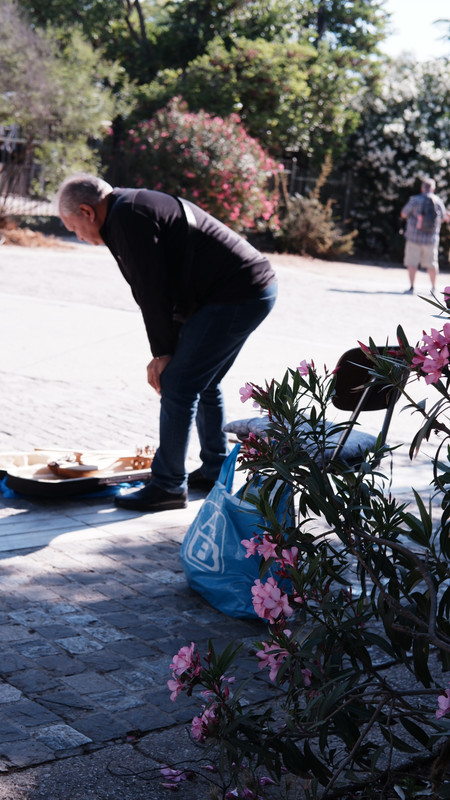
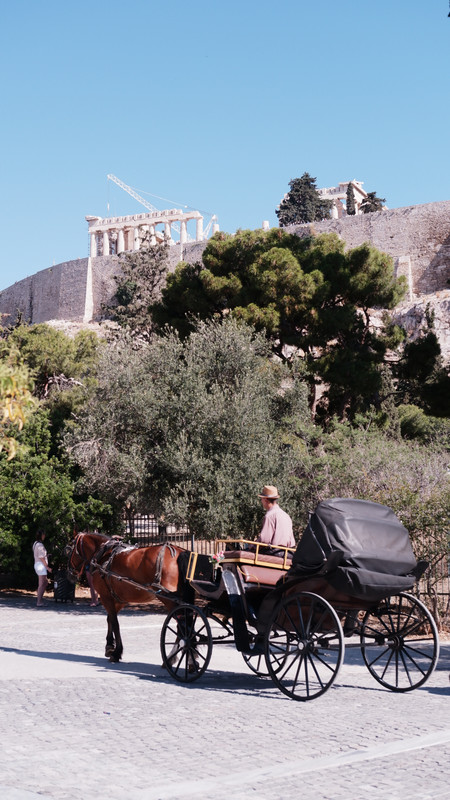
The Metro, on the other hand, was definitely the easiest way to get around. Probably the safest too, considering you’re beneath the crazy roads all together. You can buy a ticket or multi pass at most stations, but we just tapped our Wise debit cards on the gates and paid as we went instead.
If you’re going to or from the airport, however, the overground railway is the way to go. It takes about an hour and cost us €9 each. The timetable can be hard to find online, so to be safe I recommend stopping by the day before to check when it leaves.
Busses were totally hit and miss. Our first experience leaving the port was dampened by the first bus never showing up, and the second bus not stopping to let us on. Top tip: don’t wave to get the bus driver to stop, they will just wave back! You really need to put your arm out like you’re going for a hi-five. Having spoken to a local, Athens is like Melbourne or Stockholm in the fact many people just don’t pay for the busses here, since it’s a ‘tap on’ rather than a ‘pay the driver’ system. And by the way, you don’t have to tap off, since it’s pretty much always a standard fare.
Similarly, the trams were dodgy as. A lot of stations and even whole lines were closed with no signs or anything to let you know. We were standing at one station for ten minutes before a lovely homeless guy told us it was pointless. But if you can find one that works, by all means hop on. But I wouldn’t rely on them.
A note on prices: If you use an eftpos card like we did, it charges €1.20 per trip with a cap of €4.10 per day. You can also get a 3 day tourist ticket for €20 which includes a round airport trip and unlimited public transport, or go for a 1 or 5 day pass for unlimited travel. Unless you’re staying way out in the suburbs or trying to explore the whole city, I don’t think the unlimited passes are necessarily worth it. Most of the tourist attractions are within walking distance of each other anyway.



Where to eat and drink
For a traditional Greek bistro experience, we went to Tasty Corner which wasn’t far from our hostel. They had €3.80 pork or chicken gyros which came with heaps of meat, perfect for a quick lunch. Or try Platonos Taverna for nicer traditional meals, like moussaka (like eggplant lasagne), dolamades (stuffed grape leaves), or gigantes (giant baked beans) a $15-20 price range. Places like this will often bring you a big bottle of water to the table, even when you didn’t order it. This is not free, only crack into it if you want to pay the $3-5 for it.
The award for the best souvlaki/gyros in Athens, however, goes to The Girls. This place is owned solely by women and is very popular with the locals. We arrived around 8pm and they were completely packed and sold out of gyros! We had to get our souvlaki to take away, but it was well worth while.
For cafe recommendations, Dioskouroi, located just north of the Acropolis, is a great pick. They have good coffee and even better views of the Areopagus hill, which houses the remains of the ancient Athenian parliament. For a place so near to the Acropolis, they apparently also have relatively affordable food. Just keep in mind that because of this, it’s better visit Dioskouroi either early or late- if you go in the middle of the day it’s likely to be packed with loud tourists.
Please forgive me for gatekeeping one of the last remaining 24 hour bars in Athens. The locals asked us not to share the name publicly in case we were to go viral. I love the optimism! If you’re heading to Athens and want the name, get in touch and I’ll pass it on.


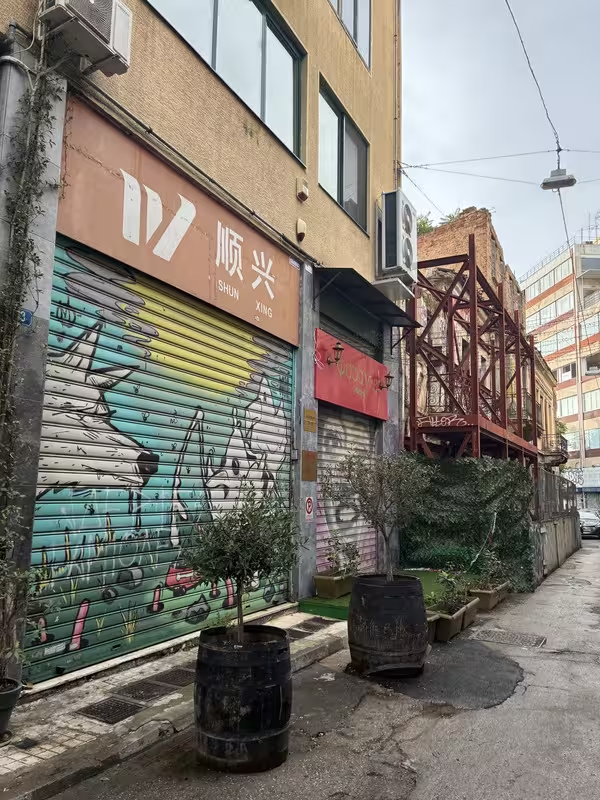
Paid Activities
Obviously, if it’s your first time in Athens, you’ve got to do the Acropolis. It’s rather pricey at €30 per person, but it’s possibly the most significant cultural and historical sites in Greece. It’s the symbolic heart of Greece- representing its powerful civilization, vibrant religion, influential democracy and classical art forms. As the highest point in Athens, it’s also got the best view, especially at sunset. If you can’t justify the entry fee, you can see a fair bit from outside the fence, but that doesn’t at all do this incredible monument justice. PS, if you’re an EU citizen over 65 or under 25 (like Finn) you can get into this, and most EU museums, for free.


The other part not to miss is the Acropolis museum. Despite containing almost all of the statues, pottery, jewellery, coins, and other artifacts of the Acropolis, it’s a separate entity and also a separate (€20) ticket. I had already been on a separate trip, so I didn’t go again, but Finn did. He said he actually enjoyed the museum more than the Acropolis itself, though they were both best done in conjunction to understand the full context and significance of ancient Athens and the Acropolis.
Finn particularly enjoyed the reconstruction of the triangles on top of the Parthenon facades, called the pediments. They depicted the birth of Athena, the patron deity of Athens, and the quarrel between her and Poseidon to achieve this status. Though many statues within these crowning pediments were lost to time, some could be seen in the Acropolis museum and some also (surprise, surprise) in the British Museum of London. He also liked a model of the wooden crane used in construction, and a display of the different colours of paint used to decorate the statues of the Acropolis and what ingredients they were made from. Yep, that’s right, all those bright white marble statues you think of the Greeks sculpting- they were probably all painted with vibrant reds, blues, yellows and skin tones.

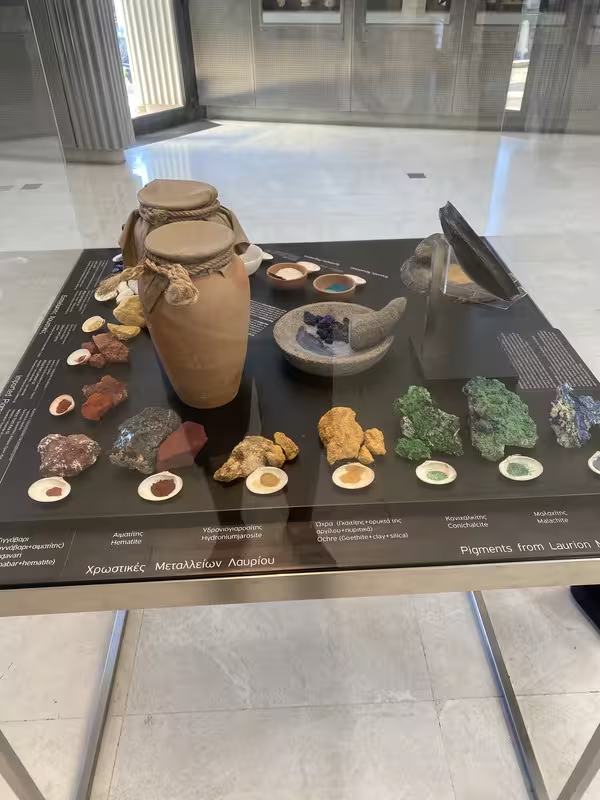

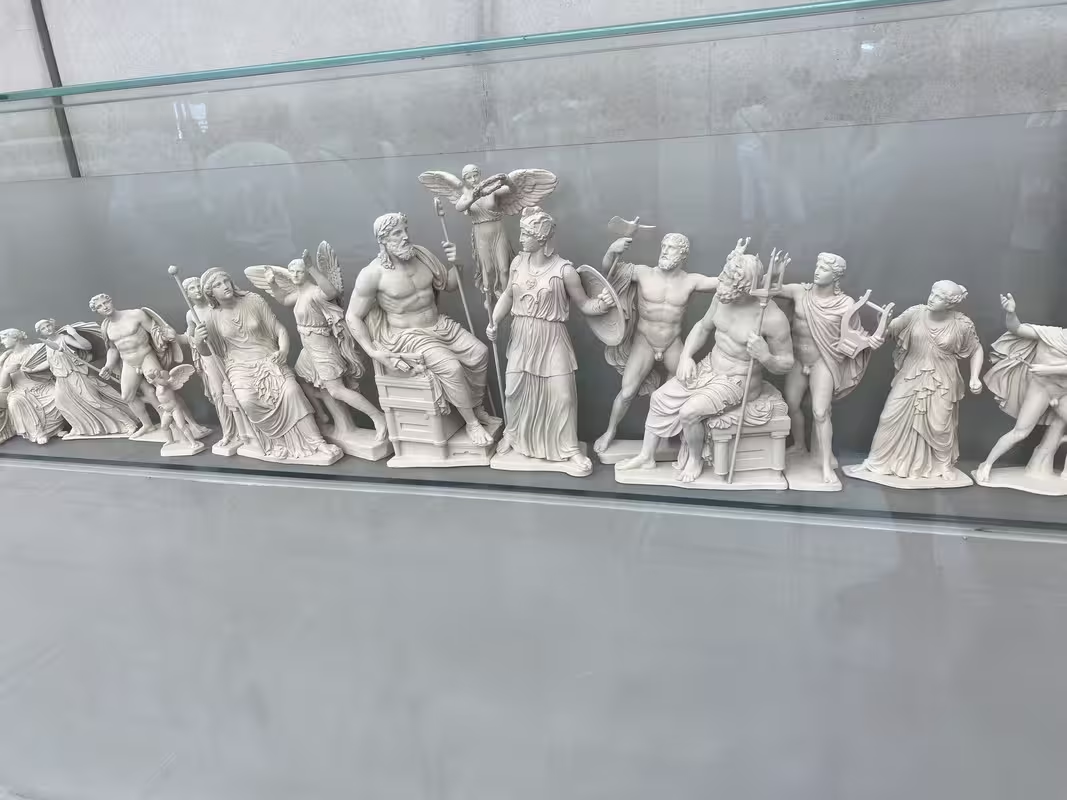

If museums are your thing, there are heaps of other great ones to do here as well. In fact, there’s over 70 public museums in Athens, and that’s not even including all the archaeological sites you can visit too. I won’t go into it too much, as we didn’t visit any more, but I’ll briefly mention one. We have heard amazing things about the Canellopoulos Art Museum (aka CAMU). While we were visiting it had an incredible exhibit of the painting monumental oil painting “Prometheus Unbound” by Carl Bloch, which was recently rediscovered after being lost for 90 years. CAMU has loads of really interesting exhibits, including another one called an Archaeology of Disability. Entry is €8, but there are also a bunch of free admission days it’s worth checking out, including the first Sunday of every month.
If you’re staying in Athens for more than a few days, it’s definitely worth doing a day trip to one of the nearby islands. You can either go to the Sardonic gulf islands to the West (Aegina, Poros, Hydra) or the Cyclades to the East (Andros, Kea). You can easily catch the ferry to somewhere like Aegina, which is only a 40 minute journey for something like €13. Or, there are heaps of day cruise options that will take you hopping around several islands in one day.
Free Activities
It’s easy to spend a lot of money in Athens, but it doesn’t have to be that way. If you’ve decided to splash out on the Acropolis, maybe a couple museums and a nice meal, you might be looking for some free activities to balance things out. Rest assured, there’s plenty of options.
Firstly, I would highly recommend a walking tour. Ok, this one might be a bit controversial because it’s technically free, as you’re not obligated to pay anything, but in my opinion you should really leave a tip. You can pay whatever you can afford, and however much you think the service was worth, so it doesn’t have to break the bank. Walking tours are totally worth your while, especially if you do it on the first day. You’ll not only get to spot the key monuments, get lots of historical background, and the opportunity to ask a local questions (like “should you tip in Greece?” or “is it safe to walk here around at night?”), but you’ll also likely get a bunch of recommendations for the rest of your holiday.
I will say I did find it incredibly difficult to decide how much to pay. On one hand, I’m on a serious budget, but on the other I don’t want to devalue their work or see them underpaid. I ended up doing two walking tours in Athens, and paid about $10 each time, though I wish I could have afforded $20 because they were so good. This might not seem like much, but if your tour has 5-10 people, that’s at least $50-$100, but probably much more. This is because most people on these tours are middle-aged holidaymakers who can afford to spend a lot more than I can.


Another free thing I would highly recommend is the botanical gardens. On our last day together, Ben, Finn and I grabbed a beer from the minimart and planned to hang out on the grass under the sun. But on our way through the gardens, we got delightfully distracted by a pond brimming with turtles! They were floating below the water and basking on rocks, little babies on their backs. We were so obsessed, we couldn’t stop watching them! To our surprise, the turtles weren’t the only animals in the botans- we also saw enclosures with parrots, ducks, geese, and goats!

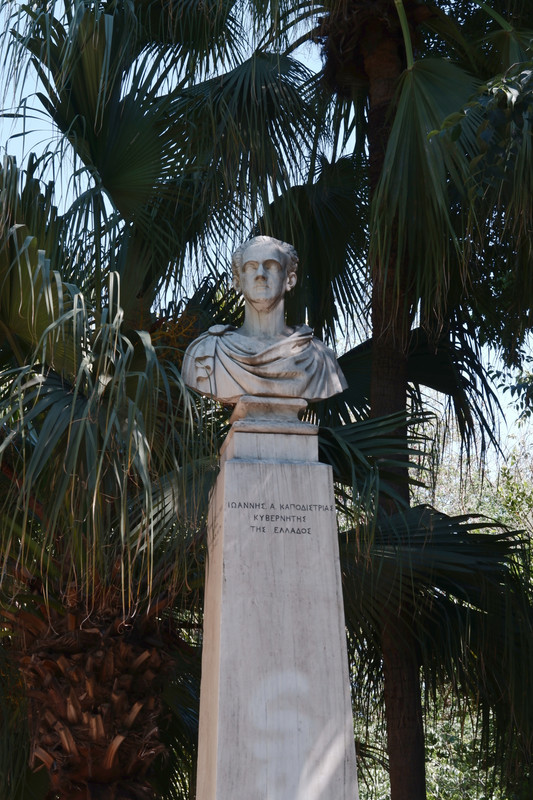
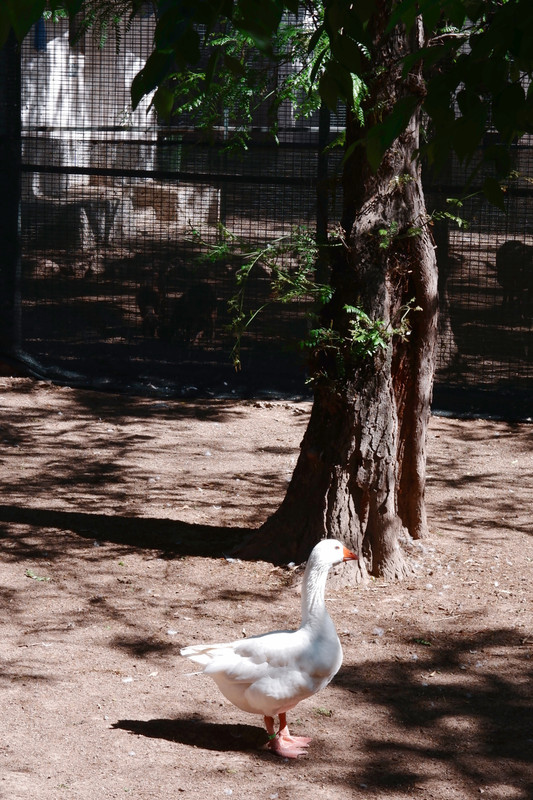
One thing we didn’t do on this trip but I’d seen on a previous visit to Athens is the changing of the guard outside the Monument to the Unknown Soldier, opposite the Greek parliament. Two guards, members of a special unit of the Hellenic Army, will stand perfectly still in front of the monument for one hour. On the hour, another pair of guards will approach, and they will perform an incredible ceremony to swap positions. They move in unison, taking exaggerated steps, all in slow motion as to protect their blood circulation. This ceremony happens every day, but Sundays at 11am is the best time to visit, because the official version with traditional costumes takes place. In my opinion, it’s worth it just to see the pom-poms on the toes of their shoes.
Other things I’d recommend include visiting the markets, such as the Varvakios Central market to buy some Greek delight, olives, or fresh produce, and the Monastiraki flea market for antiques and souvenirs. As Athens is a vivacious, creative city, there are often free events going on. Our visit coincided with the annual Jazz festival, for example. It’s definitely worth a google to check out if anything is on while you’re there.

Image by Greeka
Activities to avoid
Finally, a word of caution. Many travellers have limited time on the Greek mainland, often limited to Athens, before they go island hopping around the Agean. By the way, the mainland is a beautiful place, in my opinion it is just as worth while as the islands are. But if you are short on time for whatever reason, you may be tempted by one of the many companies offering day tours to Meteora, a UNESCO world heritage site and perhaps second best known icon of the Greek mainland.
Don’t do it! These tour companies advertise it as a day trip for convenience but Meteora should definitely not be done as such. Very importantly, Athens is almost four hours away from Meteora, so this means EIGHT HOURS by bus if you want to do it in one day! Not only does the prospect of being stuck in a bus with 40 other tourists for that long horrify me, but the thought of being stuck with them and hundreds of others during the monastery visits is just as bad, since you will arrive at peak time. Seriously, take my advice and stay the night nearby, it’s a lovely area and you’ll have a considerably lower risk of wanting to throw yourself off the top of the monastery cliffs.
If you really want to do a day trip from Athens to a UNESCO world heritage site, the temple at Delphi is only two and a half hours away, so much more reasonable. But still, I implore you to spend at least week on the mainland if you can.
Anyway that’s all from me today! I sincerely hope this has helped you if you’re considering heading down this neck of the woods. Feel free to message me if you have any more questions about our time in Athens or Greece.
Signing off,
Milly xx


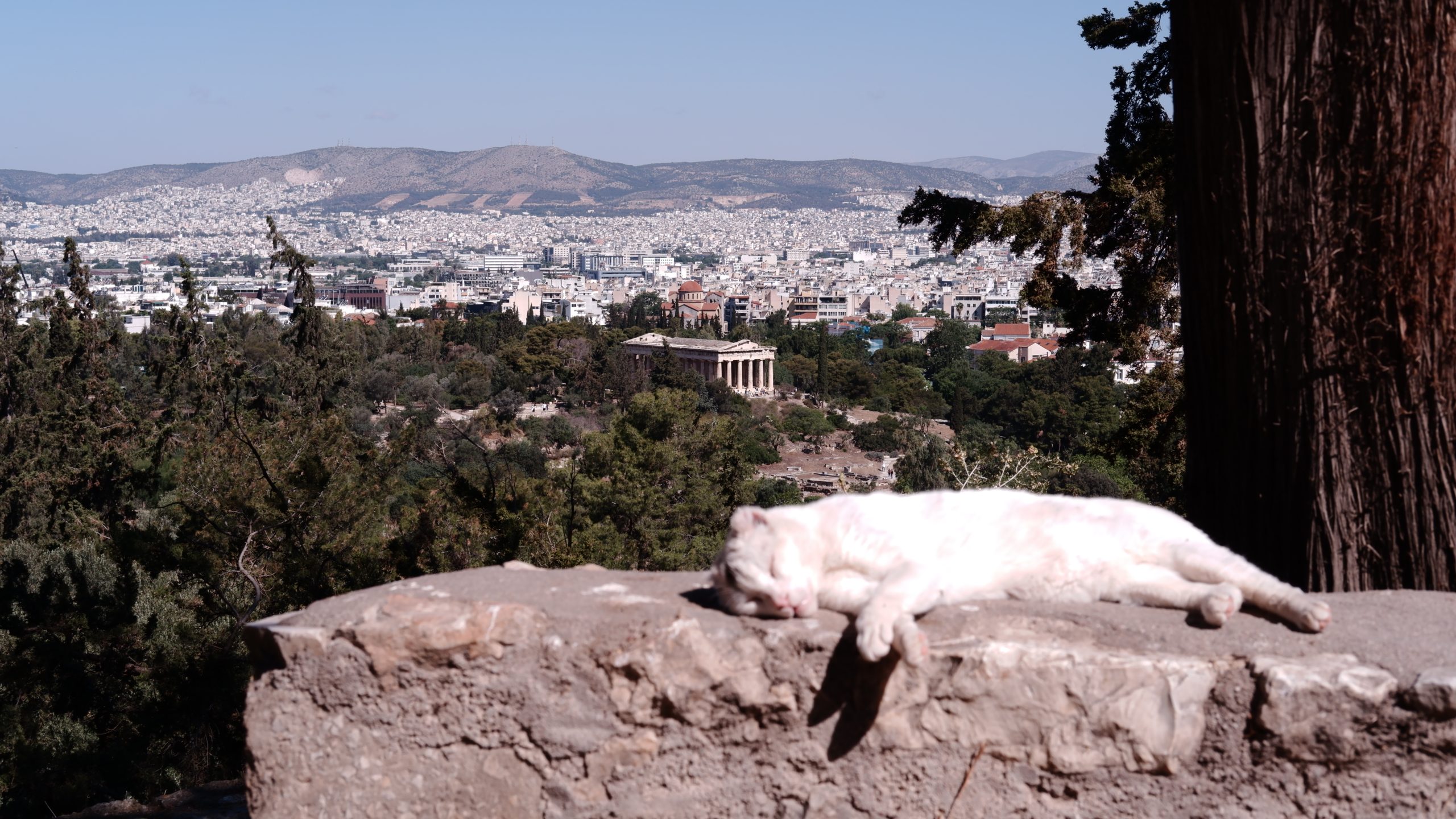
2 thoughts on “Milly’s Guide to Athens”
Loving all the commentary and Finn’s food reviews. Super photos too.
Loving this. I love Athens. That food looks yum too!